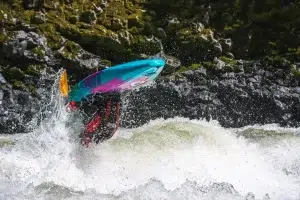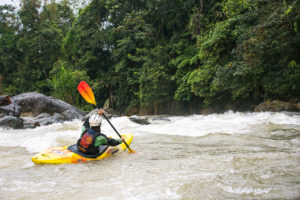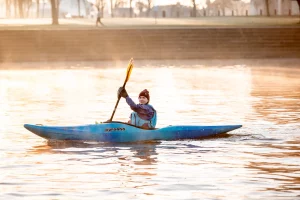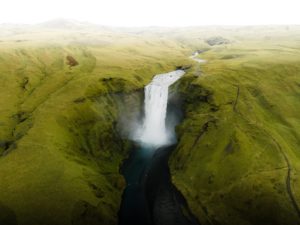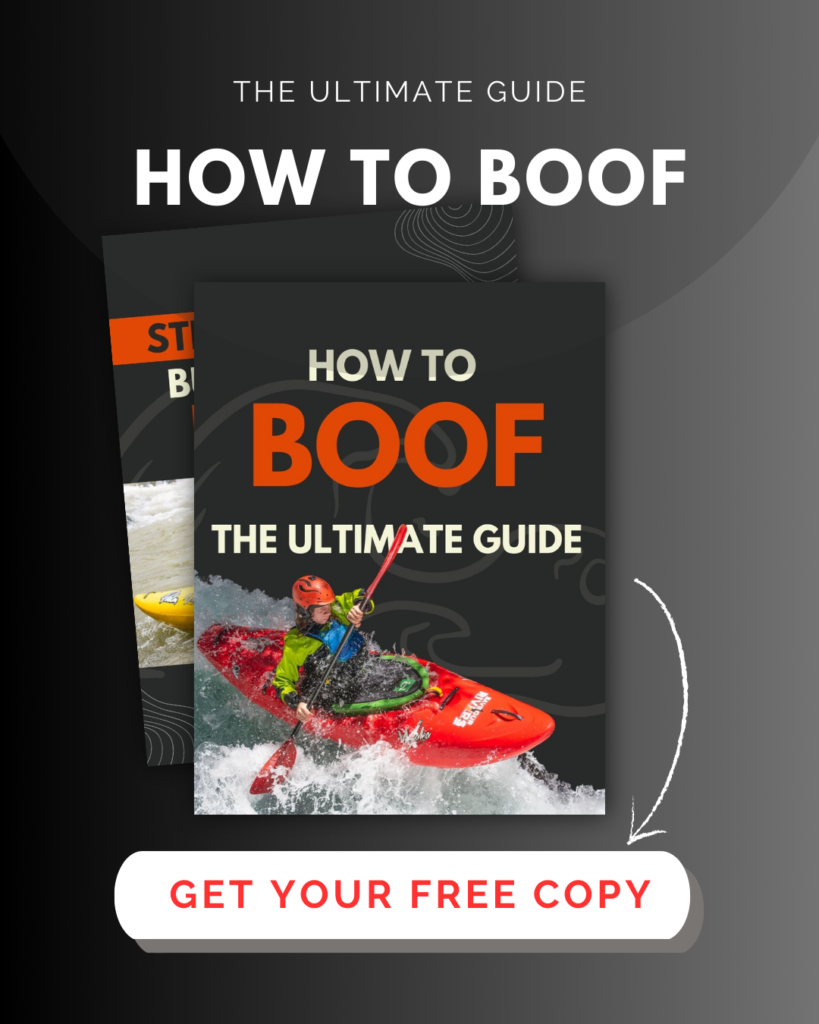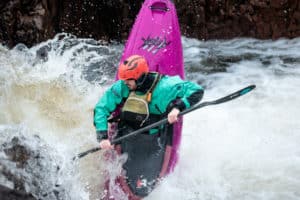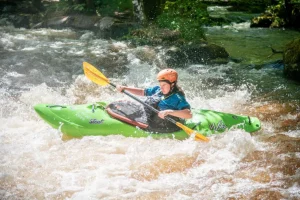Last week we broke down the Tailee (or stern squirt) with 6 tips to get you started.
If you’re new and you missed it, you can check that email out here!
(If you aren’t signed up for our newsletter then you can sign up here)
It’s now common to see people practicing reckless verticality as they head down the river.
And we all want to join them…
But what separates those who are falling on their faces every try and those that are spinning effortlessly on end?
We all have that one friend who finds things way too easy…
Here’s what you should avoid if you want to be that guy (or gal)…
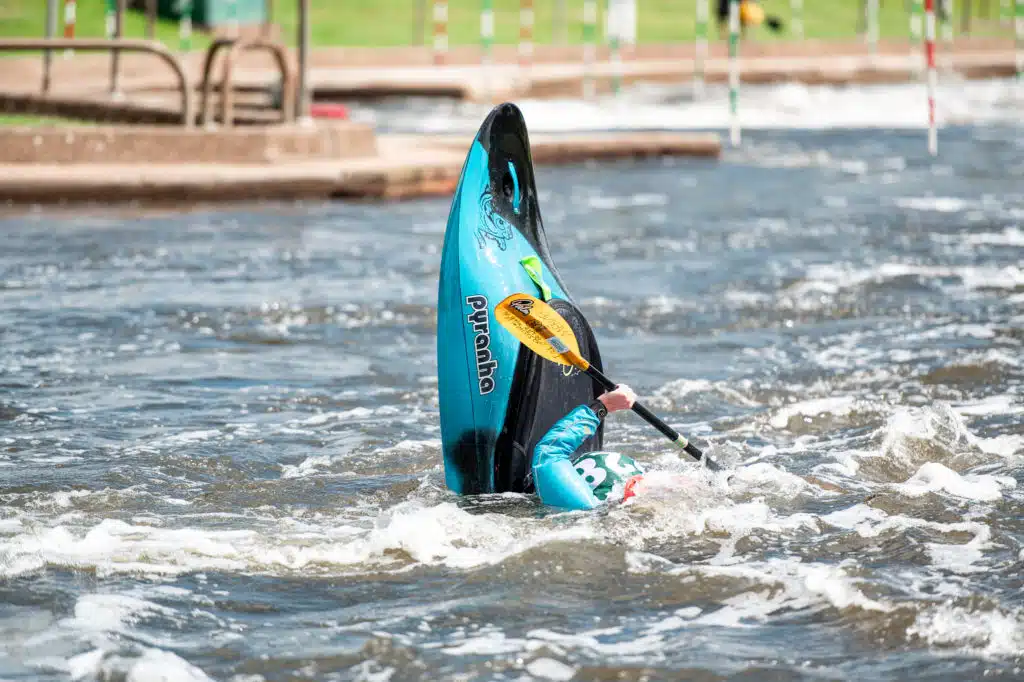
Mistakes every paddler makes when learning the tailee (and how to avoid them)
When I watch people try to tailee there are a few common mistakes that almost every beginner makes as they start out learning the trick.
Edging too late
Edging too late is one of the biggest mistakes I see when I watch people learn to tailee.
Their approach is good and they set up well from the back of the eddy.
They take a sweep stroke to pull themselves into the flow.
But they don’t put their edge on as they move into the current.
Instead, they whack a hard edge on at the last second, trying to force their stern under the water with a big reverse sweep.
Now you might get lucky with this once or twice, and you may think with a few more chances you will get the hang of it.
But you will never get consistent tailees this way.
Instead, slowly apply the edge as you cross over the seam line, allowing the water to load up on your stern.
This removes most of the effort required to bring the kayak up to vertical, as the river will just push it up.
if you edge too late, when you have already crossed over the eddy line, when you do drop your hip, you are more likely to catch an edge and flip.
Instead, drop the edge early and allow the water to do most of the work.
Mis-timed stroke
Another common mistake is that you set up well, but you don’t take the reverse sweep early enough.
This will most likely end in a flip as your hips cross the seam line and you catch your edge on the main flow.
Or the opposite is true, you take the stroke prematurely and try to tailee in the eddy, before you cross into the flow.
You then struggle to get vertical and as you do get into the current, the flow pushes you over.
You want to feel the boat start to turn you just before you take the reverse sweep.
If you leave it a second longer and hold your edge you will be able to feel the water push down on your stern and this is where you want to apply a slow and smooth sweep to push your stern under the water.
Edging too much
On the flip side (no pun intended) if you put too much edge on you will just catch your edge and flip (see…?)
By over exaggerating your edge you are providing more surface area for the water to pull you upside down.
You want to slowly build up your edge to stop this and to get the most control out of your tailees.
You can also not edge enough which is…
Not committing
A lot of new paddlers will try this trick and hardly put an edge on.
It might be a fear of flipping, or getting it wrong.
But getting it wrong is how you learn….
and…
But you are more likely to flip if you don’t commit.
either that or you will just do a flat spin on the eddy line…
To learn faster and nail the trick down, commit to the edge and the stroke.
You will end up upside down at some point.
But it’s all part of the fun.
Forcing it
Another common mistake I see is when people try to force their boats up.
They take a massive sweep stroke, followed by another massive backstroke to try to brute force their tail under the water.
Now, this will bring your kayak vertical
But most likely, you will do too much and you will end up on your face…
Especially when the water catches your edge
It’s also going to tire you out pretty quickly…
And why bother? The river will do all that work for you if you let it.
Take a smooth stroke and slowly apply pressure to allow the kayak to wind itself up to vertical.
This will allow you to stay in control and stop the volume in the kayak try to squirrel out from underneath you.
Not rotating the body
This can mess you up in two ways.
Firstly, as you edge, you will need to maintain your balance by shifting your weight slightly on the downriver side.
This allows the water to build up over your tail while you stay upright.
By rotating and looking back at your stern you are automatically shifting your centre of gravity to optimise for this move.
Secondly, this helps with the rotation and keeps your core engaged.
Rotate with your core, pushing the paddle of the reverse stroke from your centre rather than your arms. Rotating the kayak around the paddle, rather than the other way around.
You definitely want a strong core if you want to crush downriver freestyle…
And if you try tailees all day, the next day your core will be on fire…
Plus kayaking is way more fun than sit-ups!
Not looking where you are going
To keep spinning on your tail, you want to make sure you stay ahead of the rotation.
One way to make sure you do this is by looking in the direction you want to spin.
This will be over the down river shoulder.
As you take the rear stroke and straighten out, look back over the same shoulder and this will point your shoulders in the direction you want to go.
You boat will follow suit…
Trying it once and giving up…
All things take time to learn and the tailee is no exception to the rule.
You will likely end up upside down more times than not when first starting
But it will come with time.
Keep trying and get your friends to give you pointers.
If you are struggling, send us a clip and we will do our best to set you in the right direction!
